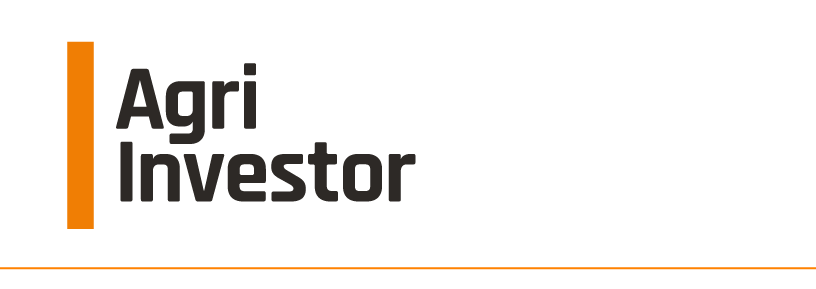NAPCO is going grass-fed, says QIC’s CEO
In the first of a two-part interview, Damien Frawley tells Agri Investor about opportunities for growth in Australia's high-priced beef market and how QIC's 220,000-head cattle business intends to benefit.
In the first of a two-part interview, Damien Frawley tells Agri Investor about opportunities for growth in Australia's high-priced beef market and how QIC's 220,000-head cattle business intends to benefit.


Copyright PEI Media
Not for publication, email or dissemination